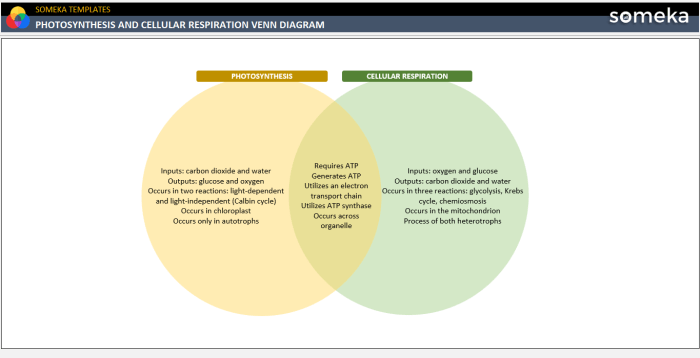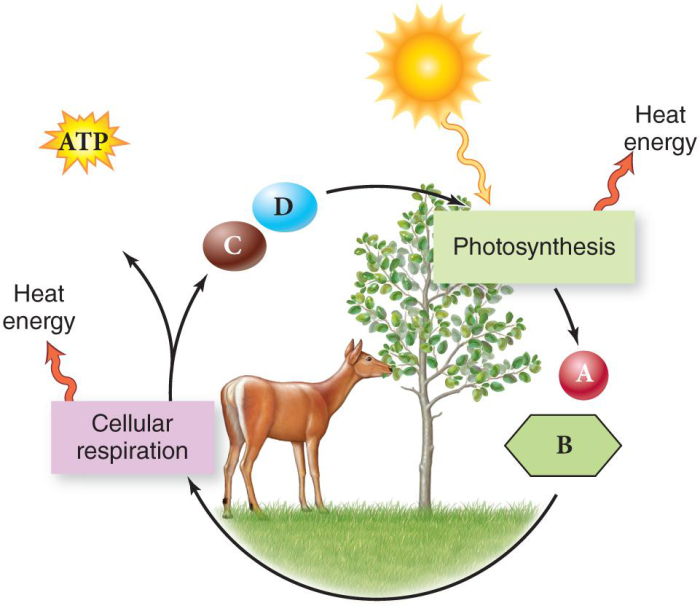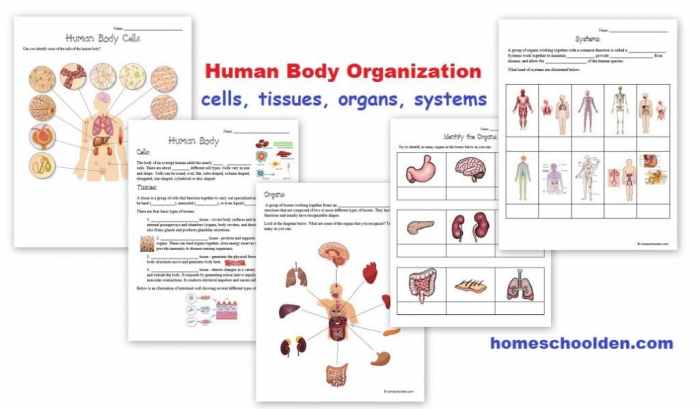Embark on a journey into the realm of life’s fundamental processes with our comprehensive photosynthesis and cellular respiration venn diagram answer key. This guide unlocks the secrets of these intertwined mechanisms, providing a lucid understanding of their significance in sustaining life on Earth.
Photosynthesis and cellular respiration, like two sides of a symbiotic coin, play indispensable roles in the delicate balance of ecosystems. Delve into the intricate details of each process, unraveling the similarities and differences that shape their interdependence.
Photosynthesis and Cellular Respiration Overview

Photosynthesis and cellular respiration are fundamental processes that sustain life on Earth. Photosynthesis, occurring in plants and some microorganisms, converts sunlight into chemical energy stored in glucose molecules. Cellular respiration, taking place in all living cells, utilizes glucose to generate energy in the form of ATP (adenosine triphosphate).
These processes are crucial for the growth, development, and survival of all organisms.
Venn Diagram Structure: Photosynthesis And Cellular Respiration Venn Diagram Answer Key

A Venn diagram can be used to illustrate the similarities and differences between photosynthesis and cellular respiration.Similarities:* Both processes involve the transformation of energy.
- Both occur in the presence of enzymes.
- Both are essential for life.
Differences:* Photosynthesis uses sunlight as an energy source, while cellular respiration uses glucose.
- Photosynthesis releases oxygen as a byproduct, while cellular respiration consumes oxygen.
- Photosynthesis occurs in chloroplasts, while cellular respiration occurs in mitochondria.
Photosynthesis-Specific Processes
Photosynthesis consists of two main stages:
1. Light-Dependent Reactions
* Occurs in the thylakoid membranes of chloroplasts.
- Sunlight is absorbed by chlorophyll and other pigments.
- Energy from sunlight is used to split water molecules, releasing oxygen.
- Electrons from water are transferred through an electron transport chain, generating ATP and NADPH.
2. Light-Independent Reactions (Calvin Cycle)
* Occurs in the stroma of chloroplasts.
Carbon dioxide from the atmosphere is fixed into glucose molecules using ATP and NADPH from the light-dependent reactions.
Cellular Respiration-Specific Processes
Cellular respiration consists of three main stages:
1. Glycolysis
* Occurs in the cytoplasm.
- Glucose is broken down into two molecules of pyruvate.
- Net gain of 2 ATP molecules.
2. Krebs Cycle (Citric Acid Cycle)
* Occurs in the mitochondrial matrix.
- Pyruvate from glycolysis is further broken down, releasing carbon dioxide.
- Energy is captured in the form of ATP, NADH, and FADH2.
3. Electron Transport Chain (ETC)
* Occurs in the inner mitochondrial membrane.
- NADH and FADH2 from the Krebs cycle donate electrons to the ETC.
- Electron transfer generates a proton gradient, which is used to produce ATP through ATP synthase.
Similarities and Differences, Photosynthesis and cellular respiration venn diagram answer key
Reactants and Products:| Process | Reactants | Products ||—|—|—|| Photosynthesis | Carbon dioxide, water, sunlight | Glucose, oxygen || Cellular Respiration | Glucose, oxygen | Carbon dioxide, water, ATP |Energy Transformations:* Photosynthesis converts light energy into chemical energy stored in glucose.
Cellular respiration releases chemical energy stored in glucose as ATP.
Query Resolution
What is the primary function of photosynthesis?
Photosynthesis converts light energy into chemical energy, producing glucose and oxygen as byproducts.
How does cellular respiration differ from photosynthesis?
Cellular respiration utilizes glucose and oxygen to generate energy, releasing carbon dioxide and water as waste products.
What is the significance of the similarities between photosynthesis and cellular respiration?
The similarities, such as the involvement of ATP and NADPH, underscore their fundamental roles in energy metabolism.
How does the venn diagram illustrate the interdependence of photosynthesis and cellular respiration?
The overlapping section of the venn diagram represents the shared reactants and products, highlighting their symbiotic relationship.

